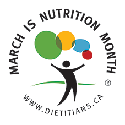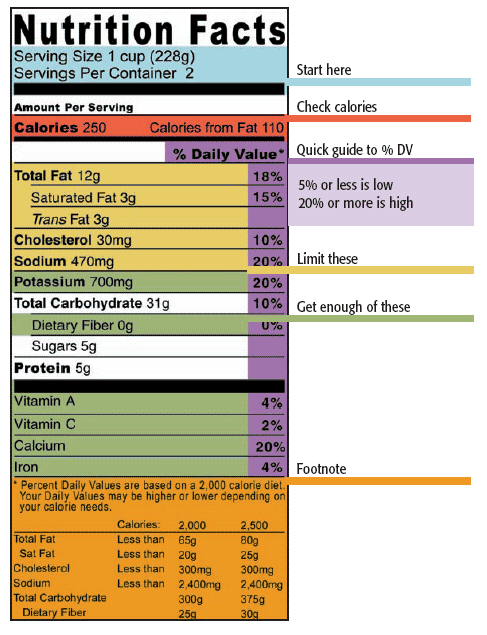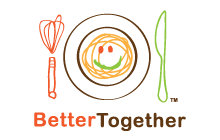Expert Weighs in with Must-Try Nutrition Tips
March 18, 2013
If you haven’t already heard, March is Nutrition Month! This means that across Canada dietitians are celebrating their passion for nutrition with a variety of events and activities—in schools, hospitals and (they hope) in your homes! Here we reach out to one of the official Nutrition Month spokespeople, Gloria Tsang, Founder of Health Castle, to explain this celebration and to share her top tips for optimal nutrition.

BT: What is Nutrition Month all about and how did you get involved?
GT: Essentially, The Dietitians of Canada Nutrition Month is a one-month long platform for clinical dietitians across Canada to get the word out about nutrition. Really, it’s a celebration designed to remind people about the positive impact that good nutrition can have on our health. This is the second year I’ve been a spokesperson—I tend to be in the public eye quite a bit through my work with Health Castle and since I’m such a nutrition geek, I guess they figured I’m a good fit!
BT: Tell us more about your work with Health Castle.
GT: I started Health Castle as a hobby back in 1997, the year my dad was diagnosed with cancer. Once he was diagnosed, I moved him into my home to live with me so I could drive him to the cancer centre for frequent radiation treatment. After many hours in waiting rooms, talking to other families waiting for their loved ones going through similar treatments, I realized how many people wanted to learn about nutrition for cancer patients. Every day, when people learned about my line of work, I’d receive tons of questions around things like how to manage symptoms, prevent extreme weight loss, eat foods that wouldn’t taste like metal (a common problem with cancer patients), etc. That year, I decided to put everything I learned from taking care of my dad on a website. The Health Castle site has grown steadily ever since. Finally, in 2005, managing Health Castle became my full time job. Today, it’s a nutrition site for everyone.
BT: Can you share your top tips for better nutrition?
GT: Plan ahead. This year’s theme for Nutrition Month is to “put the best food forward”. The number one tip I have around this theme is to encourage people to plan ahead when they take a trip to the grocery store. Think about what you actually need for the next five-seven days and bring a list instead of being faced by all the choices. In a recent survey, 63% of Canadians surveyed said they struggle with making healthy choices in the grocery store. Nationwide, only 37% of people plan meals in advance. These numbers show that people can be making much healthier choices simply by planning ahead. So, as a dietitian, I am trying to encourage healthy changes here.

BT: What are some of the most commonly solvable nutrition issues you see and the solutions?
GT: Well, another interesting statistic is that only 52% of Canadians read nutrition labels. One of the best ways to increase nutrition is to avoid highly processed food. Some processed foods are ok—like yogurt or dried fruit—but many aren’t. As a general rule, those foods labeled 'fat free' or 'diet' tend to be overly engineered with preservatives galore. For example, if you look at regular vs. fat free sour cream, the calories saved are only around 20 but you end up getting way more chemicals. In order to mimic the creamy texture (the fat) they add emulsifiers and thickeners that people really don’t want. It’s actually much less healthy for your body. Another tip I have is to stay away from palm oil.
Thanks Gloria! Great advice and insights. Gloria leaves us with a quick summary of her three top tips for better nutrition:
1. Un-Fat-Free
2. Un-Palm
3. Un-drink Your Calories.
Explains Gloria: "Studies show that we drink an average of 300 to 550 calories per day! That's like an extra meal—considering that a 6-inch sub sandwich is about 300 calories. Watch and keep track of how you hydrate your body. As for why palm and palm kernel oil are not healthy, they contain the bad kind of fat, the fat that will raise bad cholesterol in our body. These two oils are rarely used in home cooking in Canadian homes. But they are indeed very prevalent in our food system, especially in HPFs (highly-processed foods) like microwave popcorn, instant noodles, commercial bakeries etc."

















(0) Comments